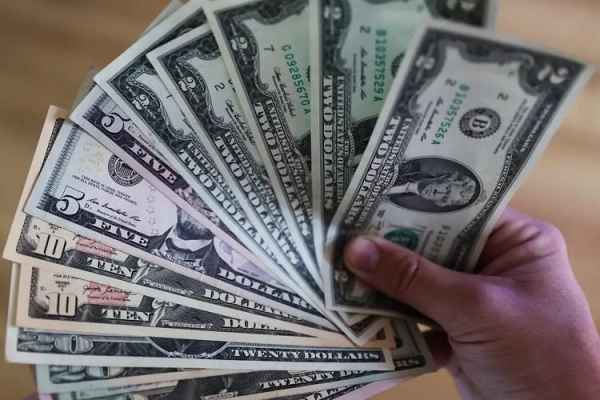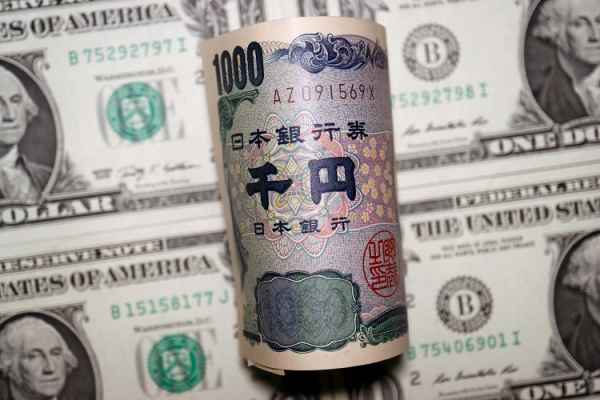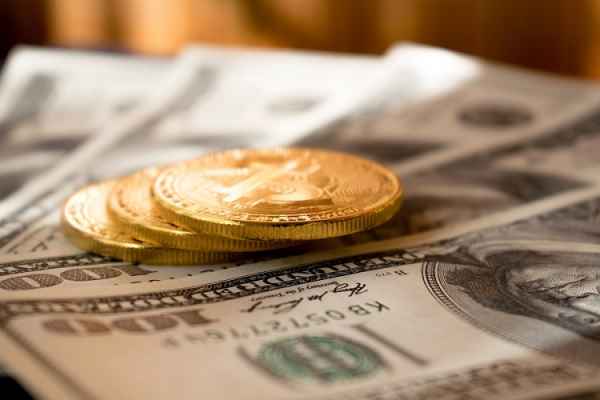Fed Chair Jerome Powell said that the process of disinflation had already begun. As a result, the US dollar sank to its lowest level in nine months.
The US dollar index (DXY) sank by nearly 1 percent to a nine-month low of around 101.00 following the announcement of the results of the Fed's FOMC meeting early this morning. Various other major currencies compactly pressed the greenback further in the opening of the Asia-Australia session this morning, February 2.
EUR/USD pushed above the 1.1000 threshold, while USD/JPY fell again to the 128.40s range. AUD/USD and NZD/USD have each cemented their positions at record highs since June 2022.

The FOMC decided to raise interest rates by 25 basis points, in line with market expectations. They also emphasized that interest rate hikes need to be implemented several more times in order to reduce the inflation rate.
The overall outcome of the FOMC meeting was hawkish. Nevertheless, market players paid more attention to the statement by the Chair of the Fed, Jerome Powell, in his press conference.
Powell reiterated his intention to keep interest rates high throughout 2023 and dismissed market speculation about a rate cut this year. However, he also said that the disinflationary process had started and the Fed would continue to make decisions based on evaluating economic conditions at each meeting.
Disinflation is a decrease in the inflation rate. This phenomenon is currently visible in the slowing increase in commodity prices, the normalization of the post-pandemic supply chain, and the decline in energy commodity prices.
"We can now say for the first time that the disinflationary process has begun," Powell told reporters. "This is a good thing."
Powell's comments eroded the hawkish effect of the announcement of the results of the FOMC meeting. Wall Street stocks soared, while the US dollar slumped.
"The market is pretty confident that Powell is seeing inflation come down, and it looks like he's pretty confident that that will continue," said Edward Moya, senior market analyst at OANDA.
"They have two more inflation reports (to evaluate) ahead of their March meeting, and if we see price pressures continuing to ease, then they may miss the dot plot and just need to announce one more rate increase," Moya added. "This is good news for risk assets, good news for the euro, and takes the dollar to the lowest level we have seen in recent months."
Fed Funds Futures show market participants now expect the Fed's interest rate to peak at 4.89% in June, then fall to 4.39% in December 2023. The numbers are further away from the last Dot Plot projection from the December 2022 FOMC meeting, which showed the likelihood of interest rates rising to more than 5.00%.
The US dollar was also weighed down by the release of some very disappointing economic data at the start of yesterday's New York session. The ADP non-farm employment change data only increased by 106k, which is lower than the consensus estimate, which was pegged at 178k. The ISM Manufacturing PMI score also fell further, from 48.4 to 47.4, even though economists only anticipated a decline of up to 48.0.

 Dedicated FREE FOREX VPS
Dedicated FREE FOREX VPS Free FOREX Virtual Private Server
Free FOREX Virtual Private Server MT4 Demo Contest, Get $500
MT4 Demo Contest, Get $500 Sign Up for an Account, Claim 60% Deposit Bonus
Sign Up for an Account, Claim 60% Deposit Bonus Free MT4/MT5 VPS 2024
Free MT4/MT5 VPS 2024 Send E-mail and Get Free Merchandise
Send E-mail and Get Free Merchandise $1K Refer a Friend Bonus for Pepperstone Pro clients
$1K Refer a Friend Bonus for Pepperstone Pro clients Maximize Your Earnings with 100% Deposit bonus
Maximize Your Earnings with 100% Deposit bonus Trade to Win, $5,000 Monthly Demo Contest
Trade to Win, $5,000 Monthly Demo Contest Claim 30% + 15% Deposit Bonus from LiteFinance
Claim 30% + 15% Deposit Bonus from LiteFinance






